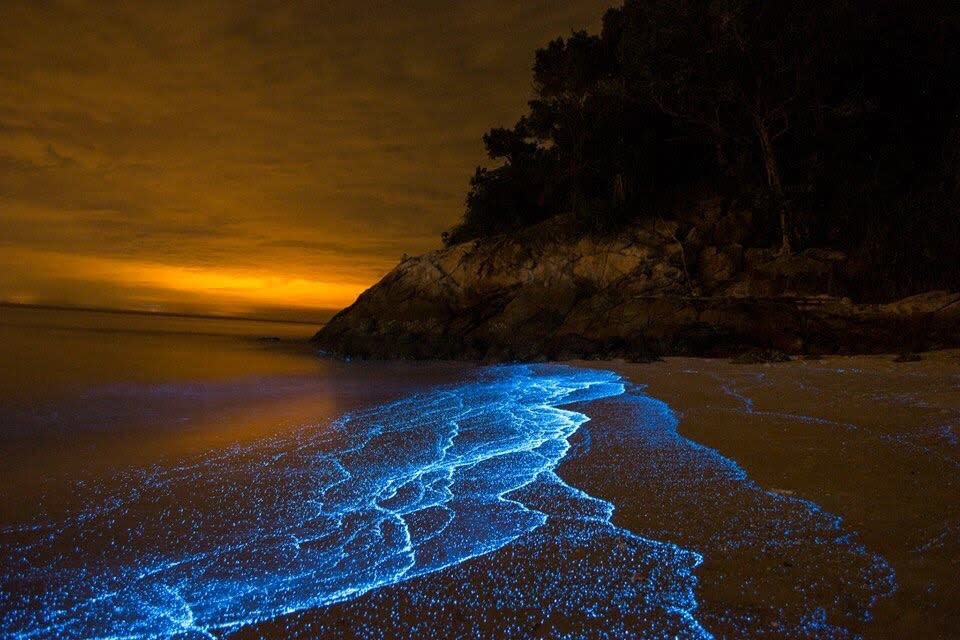Perak says will reopen Pulau Sembilan famed for ‘blue tears’, islands fully recovered

BATU GAJAH, April 23 — After being closed for almost three years, Pulau Sembilan, renowned for its “blue tears” plankton phenomenon in Perak, could finally be reopened soon.
State Housing, Local Government and Tourism Committee chairman Datuk Nolee Ashilin Mohammed Radzi today said that the blue tears plankton, which was once harmed due to excessive tourism, has recovered fully.
“From the report we received from the State Park (Corporation), the blue tears has recovered nicely and the white sandy beach has improved.
“And also the flora and fauna which was once desecrated by the development before has been rehabilitated,” she told a press conference after attending the pre-launching of Batu Gajah Geopark Community at the Tanjung Tualang Tin Dredge No.5 here.
The blue tears refer to rare plankton that emits a blue glow in the dark along the islands' shorelines.
Nolee said the state is still seeking approval from the authorities to reopen the island for tourism.
“Since we are still undergoing the movement control order (MCO), we will wait until the borders to reopen before making any further announcement on that,” she said.
Pulau Sembilan, a cluster of nine islands off Perak, was closed in April 2017 for an indefinite period after authorities saw the damage tourists did to the local flora and fauna.
The luminescent planktons are discovered in abundance along the coastlines of two of the islands — Pulau Lalang and Pulau Rumbia — after dusk.
This phenomenon, for the past 10 years has been the pull factor which brought visitors to the uninhabited islands.
Besides Pulau Lalang and Pulau Rumbia, this unique phenomenon is also sighted around Pulau Agas, Pulau Batutimbul, Pulau Payong, Pulau Nipis, Pulau Batutimbul Rosa, Pulau Saga and Pulau Buluh, although not as frequent as the popular two destinations.
Besides the Blue Tears phenomenon, marine life such as simulate octopus, adolescent bamboo sharks, seahorses, nudibranchs, juvenile yellow boxfish, juvenile blue-ringed angelfish, butterfly fish, long-finned bannerfish, blue-ringed angelfish, groupers and tuna are rich in waters surrounding the islands.
The waters are also abundant with coral reefs which consist of large and little nudibranchs, staghorn coral reefs, tube coral reefs, whip coral reefs, barrel sponges, and lively soft reefs.
Related Articles Perak confident of getting five million domestic tourists this year after MCO Ipoh group does their part to protect Kinta Valley’s limestone hills, one cave at a time Tour operators: Battered, bruised and ready to throw in the towel with second CMCO



